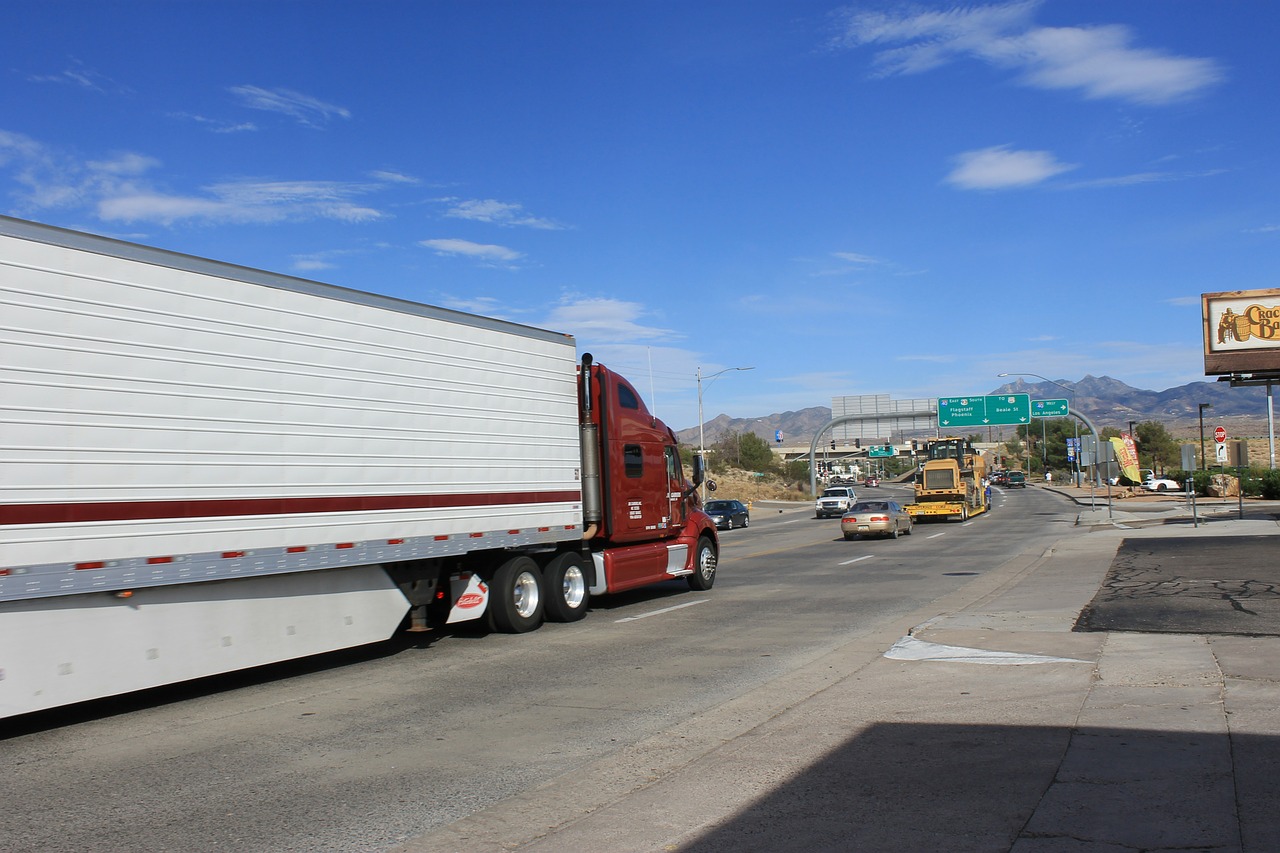 An editorial appeared in the New York Times on July 21, 2015, decrying two transportation bills pending in Congress. If passed, the bills will make highways around the United States because each makes the safe operation of large trucks far less certain.
An editorial appeared in the New York Times on July 21, 2015, decrying two transportation bills pending in Congress. If passed, the bills will make highways around the United States because each makes the safe operation of large trucks far less certain.
You might be thinking, “Why should I care about large semis? I live in lower Manhattan, Astoria or Prospect Park. Big trucks hardly ever come through the streets where I live and work. Besides, doesn’t New York have special rules for trucks in the city?”
Although many semis travel around the city, crossing the George Washington Bridge or taking the Verrazano Bridge, many enter the city. There are designated truck routes, and trucks larger than 55 feet must obtain permits to operate on city streets. Unfortunately, neither the permit requirement nor the street restrictions can eliminate accidents and deaths.
Statistics tell this story. Although trucks account for only 3.6 percent of vehicles in New York, they cause a disproportionate number of pedestrian and bicycle accidents in New York City. An example, trucks were involved in 32 percent of crashes that killed cyclists between 1996 and 2003. Trucks were involved in 12.3 percent of fatal pedestrian accidents from 2002 through 2006. Trucks are three times more likely to be involved in a fatal pedestrian accident than any other vehicle, according to Streetsblog. An average of 20 bicycle and pedestrian fatalities in the city in recent years involve trucks.
At least half of U.S. fatalities resulting from truck-bicycle or truck-pedestrian accidents are the consequence of the pedestrian or bicyclist being dragged under the truck. This has spurred cities such as Boston to require that trucks over certain sizes have guards that stop people from being dragged under when struck. Although New York City has not enacted a similar law, the city has installed these guards on about 200 city-owned trucks. The city council is also considering a bill that would require the city to implement driver alert technology on at least 100 city-owned trucks.
And what would happen if the bills pending in Congress pass? One would allow drivers as young as 18 to operate big trucks. Another would reduce required rest periods for truckers upon request from a trucking company. Another provision would prohibit the U.S. Department of Transportation from publishing safety ratings of truck and bus companies. One would make it more difficult for the DOT to increase minimum insurance requirements.
These changes would affect the safety of New Yorkers because young, inexperienced and tired drivers are more likely to cause accidents. Not having publically available safety rankings would make trucking companies more open to cutting corners in safety matters. And not raising insurance requirements means that New Yorkers who are hit by a truck or whose loved ones died in a truck accident would find it more difficult to obtain just compensation after catastrophic injuries or the loss of a family member. Truck safety legislation does matter.
Sources:
http://www.streetsblog.org/2015/03/03/no-easy-answers-at-city-council-hearing-on-trucks-and-bikeped-safety/

